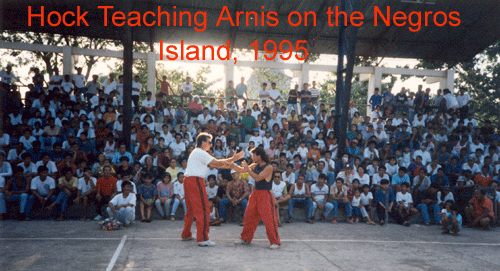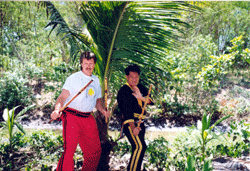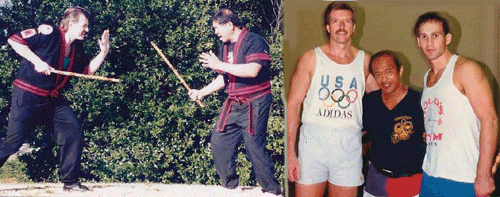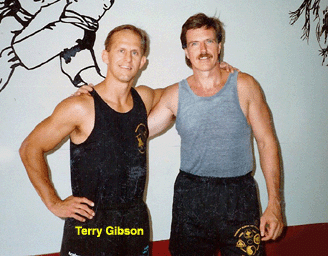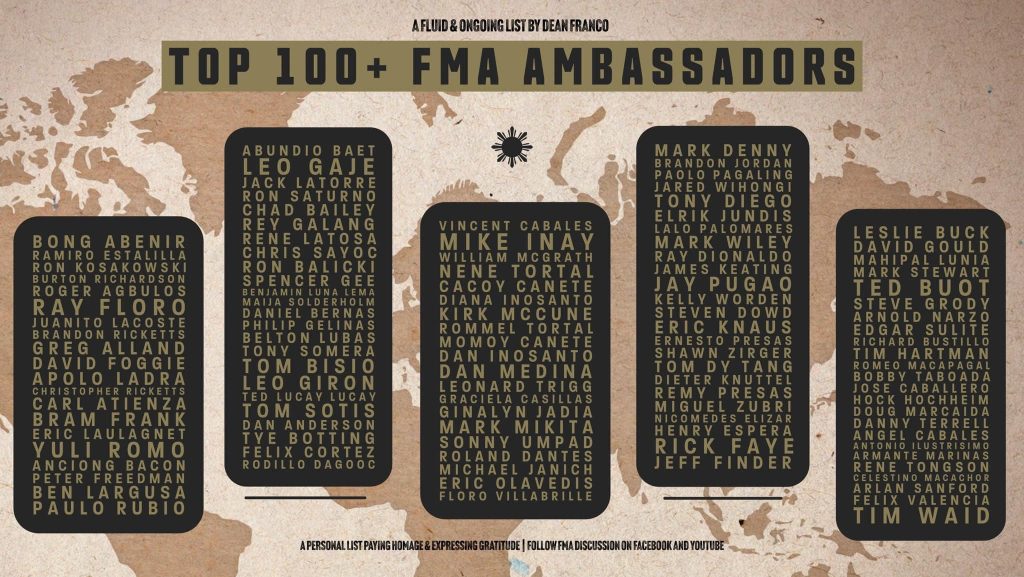Essential Filipino Martial Arts and the PAC! The fighting methods from the Philippines, Indonesia, Hawaii, and Japan Martial Arts
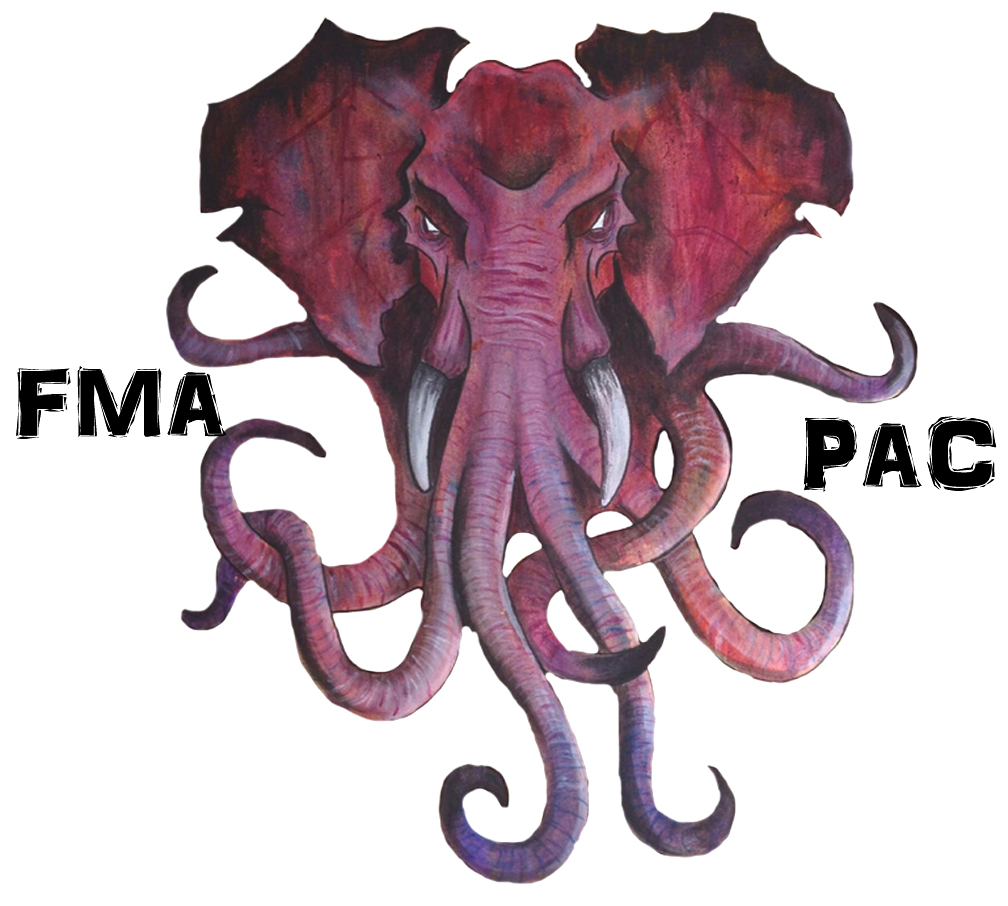
Hock teaching FMA on the Negros Islands, Philippines.
FMA-PAC Consists of: Mano Mano, Silat, Kenpo, Jujitsu and more from the many Pacific Islands flowing systems of kicking, hand striking, trapping, grappling/ground fighting. Hand versus hand, and empty hand vs. weapons.
- Single cane
- Double cane
- Cane and knife – Espada Y Daga
- Knife
- Hand to hand (mano mano)
- The Arnis / Kali Silat/ Escrima of the Philippine Archipelago
- The Silats of Indonesian and Filipino Archipelagos
- The Karates, Jujitsu and Aiki-Jujitsu of Japanese Archipelagos
- Kajukenbo of Hawaii
- Cane and Knife Fighting from all of the Pacific Islands
- Polynesian hand, cane and small club fighting
Essential Filipino Martial Arts is Hock’s generic Filipino system. If you get rank in the PAC? You automatically get rank in the Essential FMA system. Three vital sources are Ernesto Presas and Remy Presas and Inosanto Family collectives of FMA systems.
Over four decades ago in the 1980s, Hock began amassing the most combative aspects of Filipino Fighting systems and Kali Silat, attaining several black belts and certifications, strengthening it all with his military and police training and experience for a reality check. He has spent many years dedicated to finding the common threads, correcting and omitting sport aspects, artsy extravagances and isolating the very essence of combat. Hock reports he has never really felt comfortable forced to teach only one. He blended all these systems with his prior years in other martial arts like karate, kenpo and jujitsu and added his 27 years experience in policing and military training. His years of teaching culminated into this hardcore FMA-PAC format.
Hock and GM Ernesto Presas in the Philippines.
Hock Hochheim and Remy Presas, Right: Hock Dan Inosanto, Ray Medina, in 1986.
Hock has studied extensively with several instructors in the Inosanto family since 1986, most notably Terry Gibson of Tulsa, Oklahoma, someone Inosanto called, “one of his top 5.”
“I am but a mere FMA ambassador….”

